Cyclists are less likely than footballers and participants in other ‘change of direction’ sports to strain their groin.
However, cycling can cause different kinds of groin pain, which can be downright uncomfortable and force you off the bike, even requiring surgery in some extreme instances.
As with the most common cause of pain from cycling, groin pain when cycling is resolved by a combination of flexibility exercises, mobility work and adjustment to your road bike position or mountain bike setup.
We’ve spoken to expert physiotherapists and bike fitters, so read on for their tips on resolving groin pain.
We’ll outline the symptoms and causes of groin pain from cycling then explain how to treat and prevent it.
But if your pain doesn’t abate while cycling and even persists off the bike, please go to a medical professional.
What is the groin?
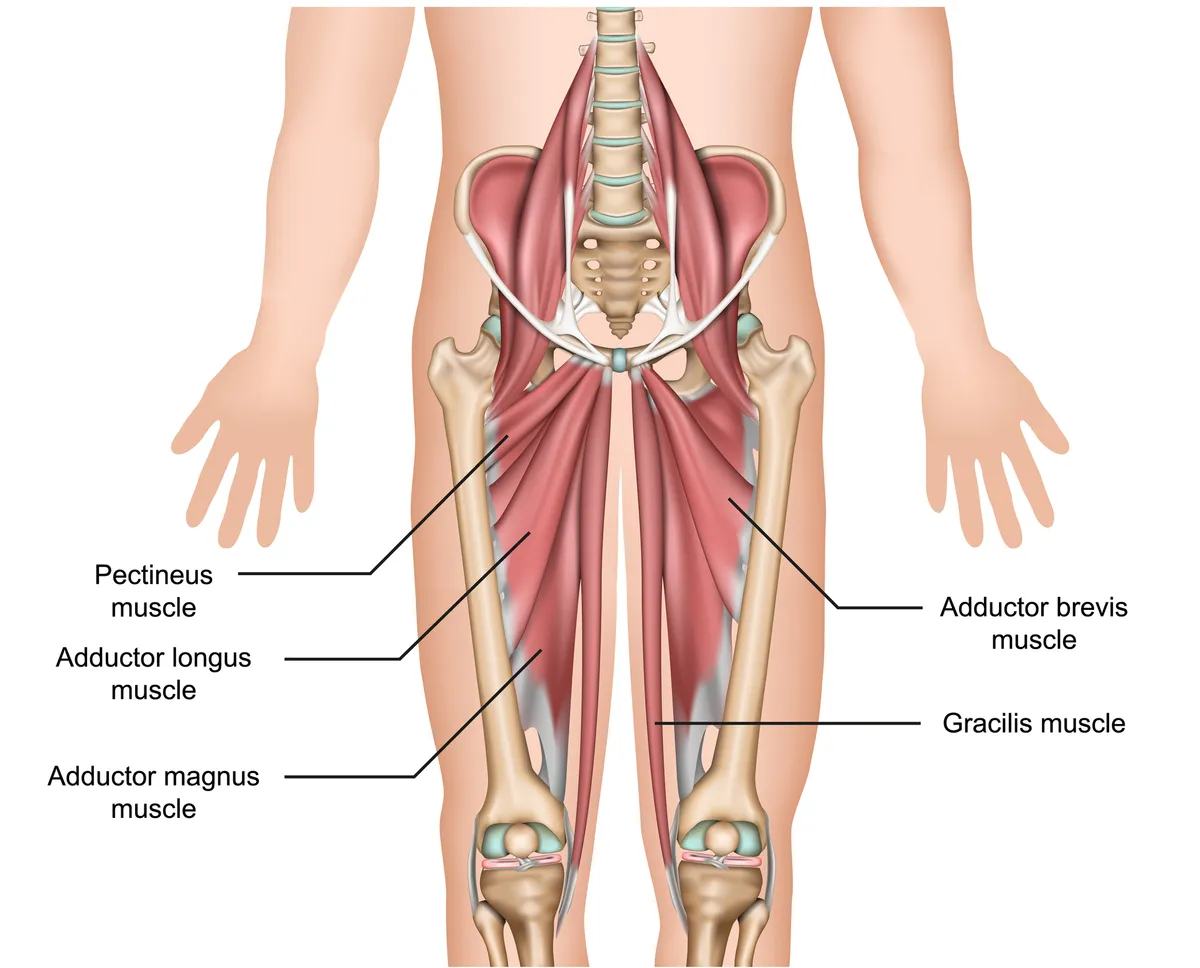
The groin is where the abdomen joins the thigh on either side of the pubic bone. The groin muscles, or adductors, run down the inside of the leg. These are not be confused with the abductors, a group of muscles around the hip that move your leg outwards.
What causes groin pain from cycling?
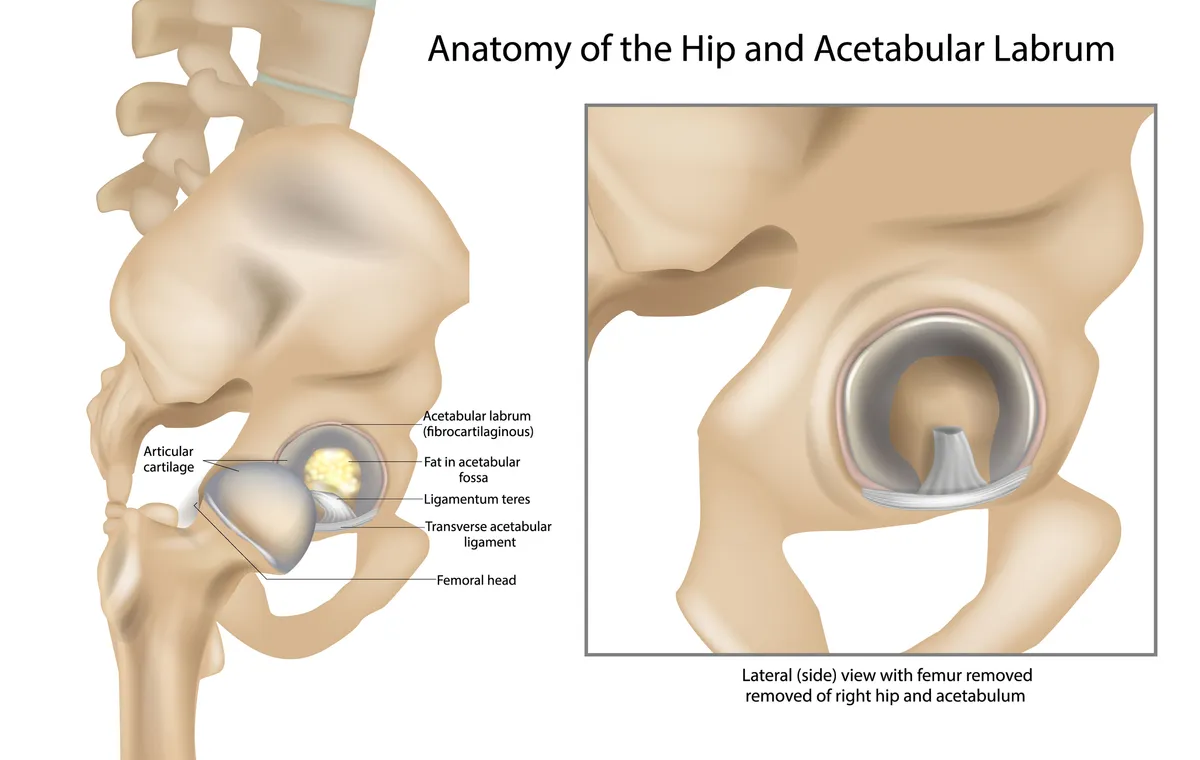
Bianca Broadbant, a physio and bike fitter from Fit Your Bike, says: “Groin problems on the bike are very different to what people might typically describe as groin problems.”
Cyclists are unlikely to suffer any of the four medically defined types of groin pain in athletes. The Doha Agreement meeting divided groin pain into adductor-related, iliopsas-related, inguinal-related and pubic-related categories.
Instead, Broadbent says hip-related groin pain is the most common kind in cyclists.
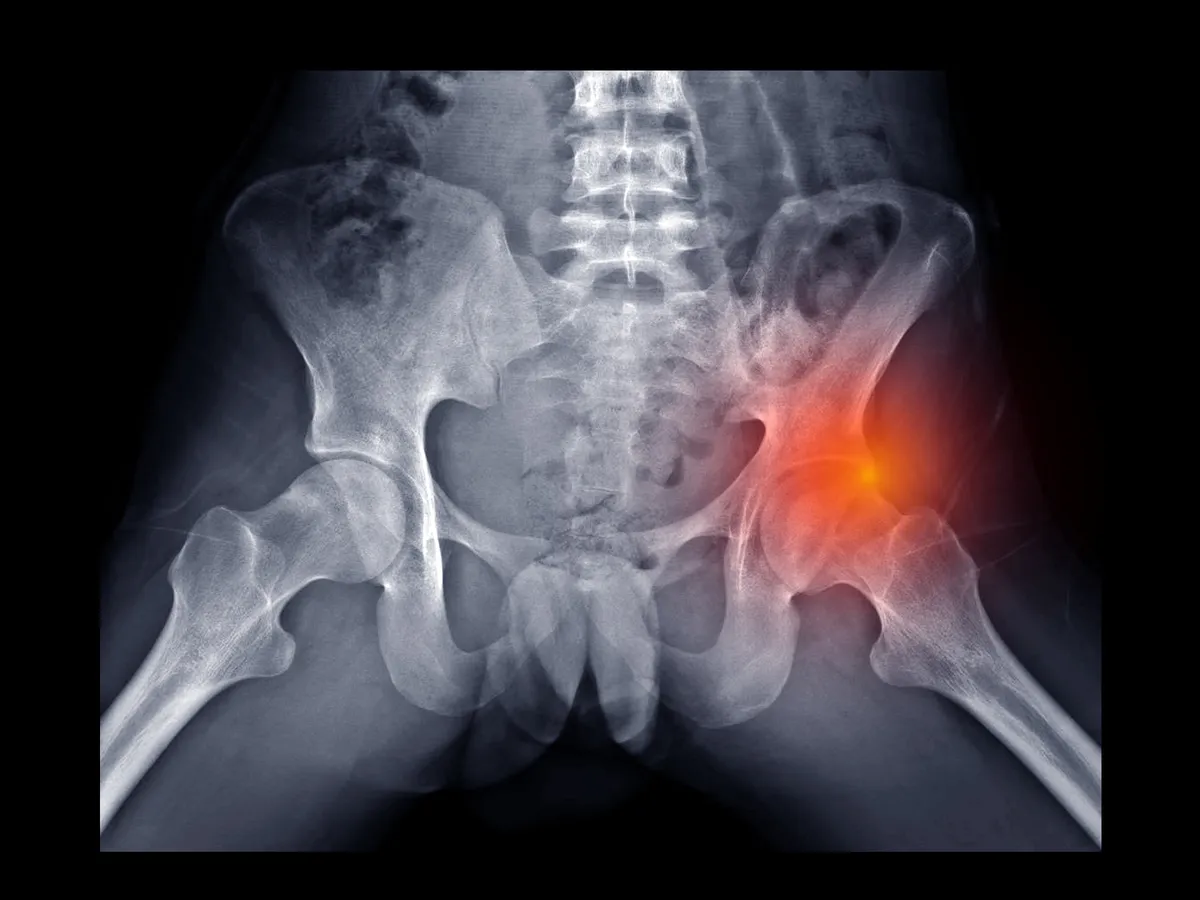
Hip arthritis, a labral tear in the hip or femoroacetabular impingement when extra bone grows on either the femur or the hip socket (acetabulum) can reduce hip joint mobility.
This can cause hip pain from cycling and also pull on the adductor muscles during the pedal stroke, causing discomfort and twinges on the inside of the leg.
The second common kind of groin pain caused by cycling is soft tissue discomfort, says Broadbent.
Issues with saddle length, width and position can aggravate soft tissue in the groin area, for example breaking skin in the ‘crease’ between the buttocks, producing saddle sores or causing numbness in the perineum area.
Male and female groin pain
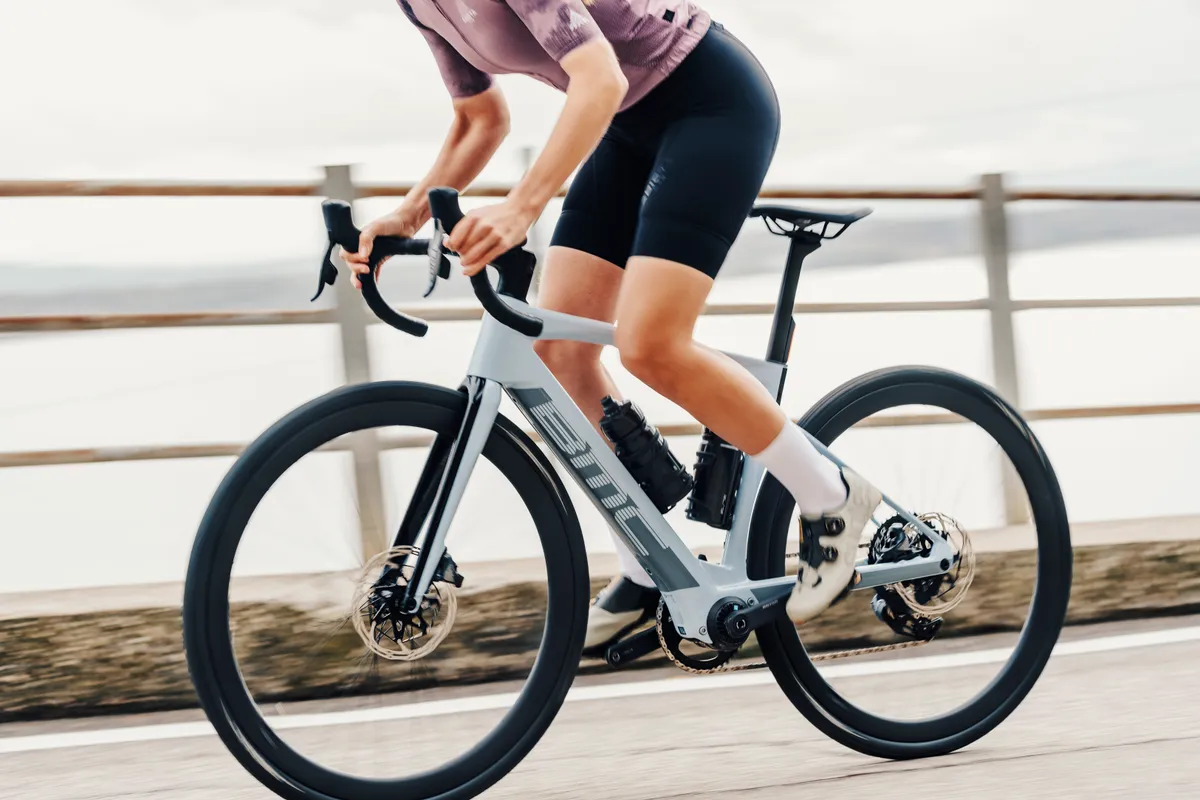
Because women tend to be more flexible than men, they are less likely to feel groin pain caused by hip issues, according to Broadbent.
But she adds that soft tissue groin pain can manifest itself similarly across genders.
For example, both perineal and ischial hygromas (known colloquially as third testicle) can develop in both sexes. This condition sees lumps of tissue protrude on the perineum or sit bones.
Male and female anatomical differences mean genitalia pain caused by cycling will be different too, but physios do not class this as groin pain.
How do I stop my groin from hurting while cycling?
Bike fit and positioning
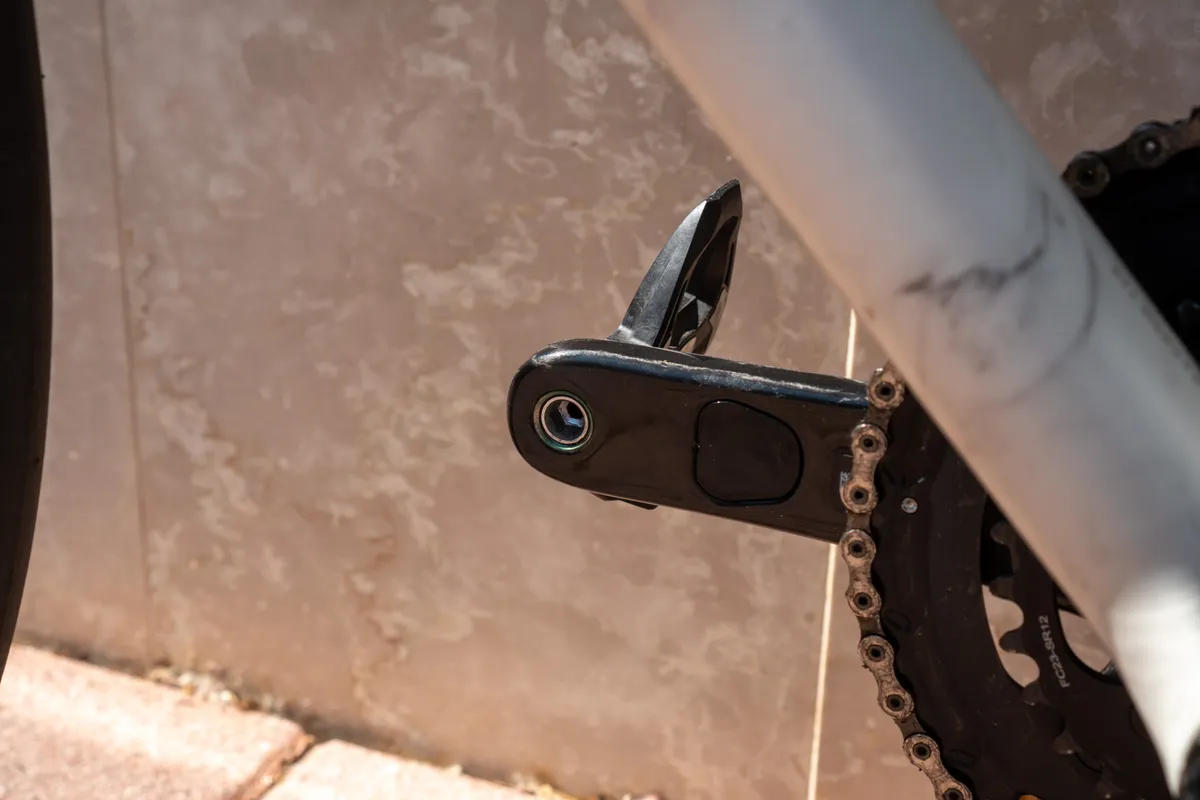
If limited range of movement around your hip joint is causing adductor pain, Broadbent recommends shortening your cranks.
When you pedal a shorter crank, the hip moves through a smaller range of motion, which can reduce compression on the hip joint and friction on the inner leg.
Raising your handlebar height opens your hip angle and can alleviate pressure on tight hips, according to Broadbent.
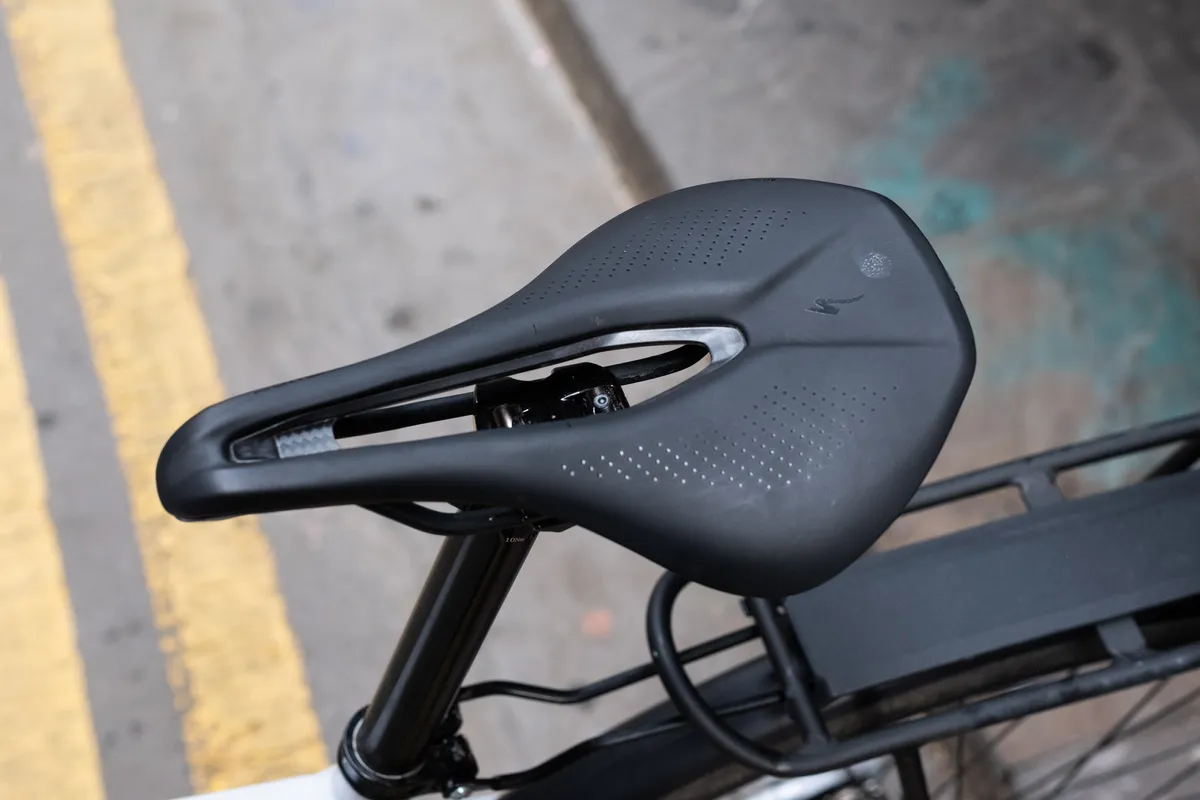
Physio Steven Berkman says you should try to keep your sit bones on the wider back part of the saddle.
Ensure your saddle isn’t too far back or your handlebar too far forwards so you don’t slip forwards onto your tender perineum, he adds.
Incorrect saddle height can lead to groin pain while cycling because running your bike seat too low or high increases pressure on the perineum, according to Broadbent.
If the inside of your leg rubs painfully against the saddle as you pedal, your feet could be too close together. If this is the case, Broadbent suggests widening your stance by positioning your cleats further towards the outside of your cycling shoe.
Loosen your hips
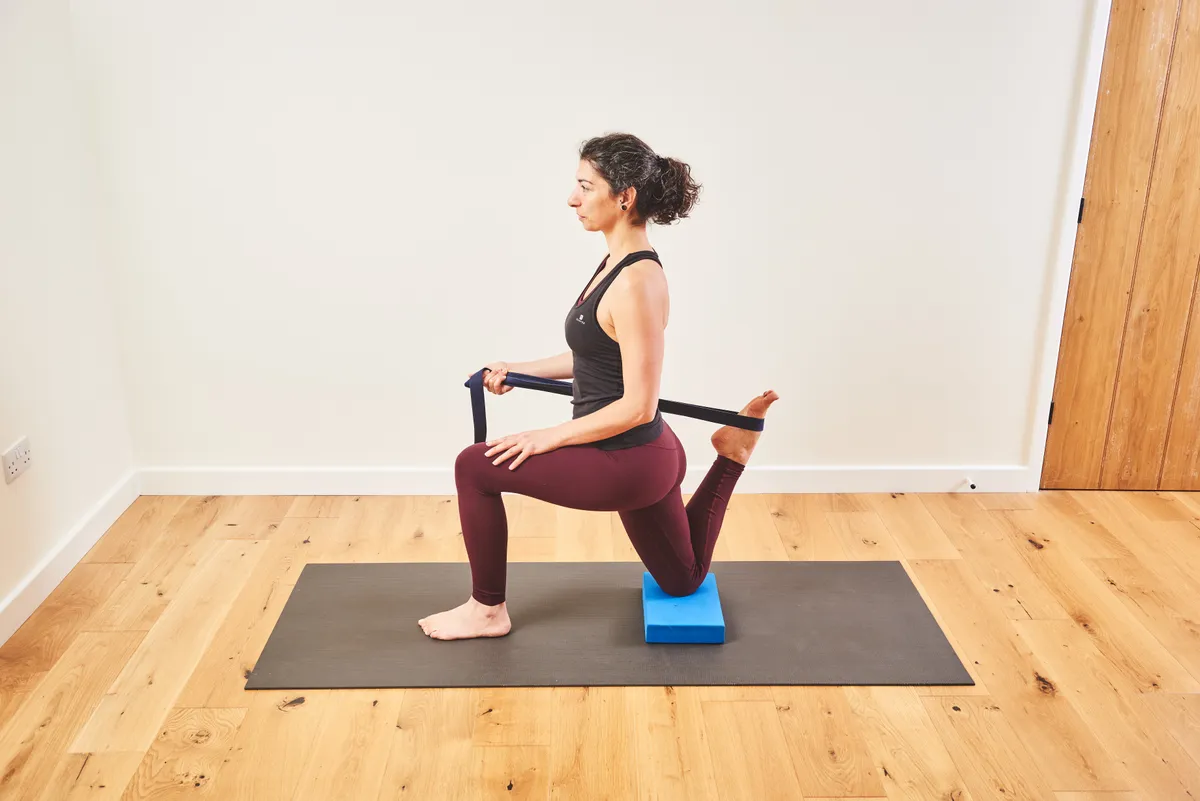
If the pain is related to your hip, you should consider hip flexor mobility exercises, but this won’t work for everyone.
“If you have a block of bone [in your hip joint] because you’ve got hip arthritis or femoroacetabular impingement, stretching is going to irritate the soft tissue around it.
“Don't force stretching, because it's not the panacea,” says Broadbent.
If your hip-related groin pain leaves you unable to ride a bike, she suggests seeing a physio or exercise medicine consultant. They may prescribe an injection or surgery to remove the bony obstruction in your hip.
Riding technique

Try not to pull up too much when pedalling if you’re susceptible to hip pain from cycling because this action engages the hip flexor muscles.
The muscles cycling works in the downwards phase of the pedal stroke are larger, so pushing through is more effective and less likely to trouble your hips, says Broadbent.
Dr Seth Rankin, a GP and founder of the London Medical Laboratory, says: “Stand up frequently on the pedals to take pressure off the perineum, shift forward and backward when you ride to eliminate pressure on just one part of it.”
Former British Cycling and Team Sky bike fitter and physiotherapist Phil Burt agrees. He recommends getting out of the saddle every five to 10 minutes, particularly while indoor cycling.
Find the right saddle

In order to choose the best saddle for you, Burt and Broadbent recommend matching the width of your sit bones to your saddle to begin with.
Burt says: “Measuring your sit bones is a good start.
“You’ll find plenty of examples online of how to do this and they usually involve sitting on a piece of paper and identifying your pressure points.
“But this is just a gauge.”
The sit bone width method for choosing a saddle isn’t perfect. This is because you only rest your sit bones on the saddle when riding in an upright, 'sit up and beg' position, according to Broadbent.
To test this yourself, sit on a chair and place your hands beneath the bones in your buttocks. Then, tilt your pelvis forwards into a more realistic riding position. You’ll notice your sit bones lose contact with the surface of the chair.
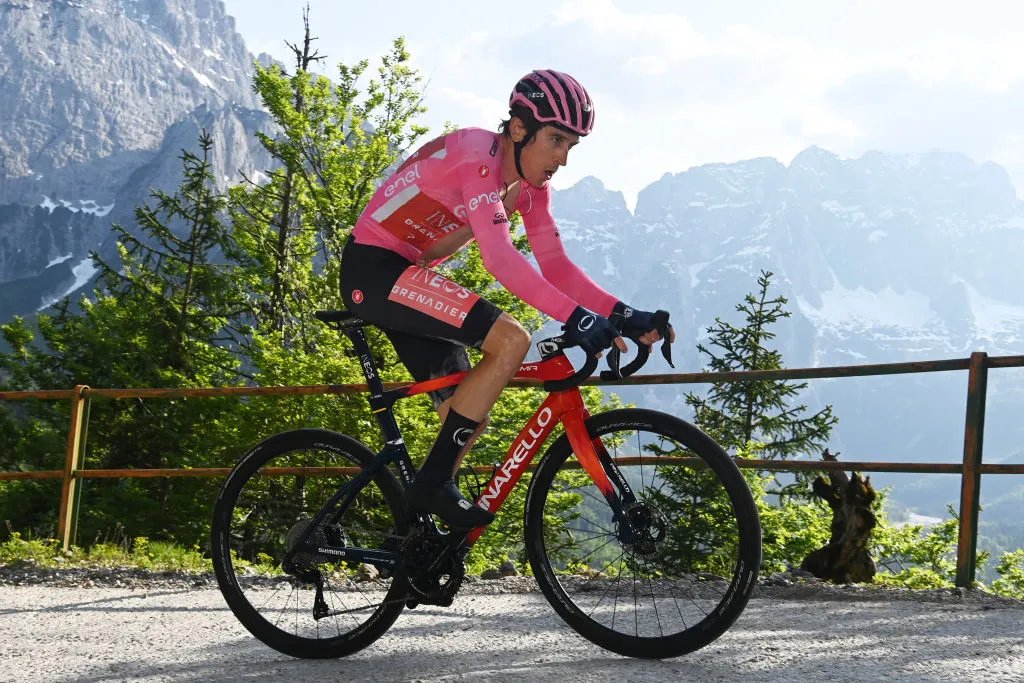
In a more aggressive riding position, Broadbent says you’ll rest weight further forward on the ischial ramus.
“So you might not find that a wide saddle is best for you if you have wide sit bones,” she explains.
For example, according to her sit bone width, Broadbent should use a 168mm-wide saddle, but actually rides a 155mm-wide one because she places her load in the middle of the saddle.
A current bike fitting trend is to measure the first point that your saddle reaches 80mm in width. Data suggests this is the average width between the ischial ramus, Broadbent explains.
If you tend to sit further forward, this 80mm point should be closer to the nose of the saddle and further back if you sit closer to the back.

One reason she believes the Specialized Power saddle is popular is that it's a short-nose saddle, which is wider in the middle than many other road bike saddles.
“That allows people to load bear through what they think is their bum but actually it’s not always the ischial tuberosities, it's the ischial ramus,” she adds.
Therefore, it’s crucial to consider saddle shape, explains Broadbent. “If the saddle flares at the wrong point, it could put pressure through some soft tissues that you can't cope with.”
Whichever saddle width or shape you opt for, Burt advises using the same style on all of your bikes, if you own more than one.
The best saddle length for you also depends on your riding style.
Some people like a short-nose saddle because it doesn’t obstruct them when they get out of the saddle or catch on their clothing.
“The short saddle assumes that you're going to rotate around an axis, but it then negates the fact that you might want to move forward,” says Broadbent.
But other people like to move around on the saddle depending on the intensity or incline of the road. For them, a longer saddle can provide a moment of respite by reducing pressure in certain areas, adds Broadbent.
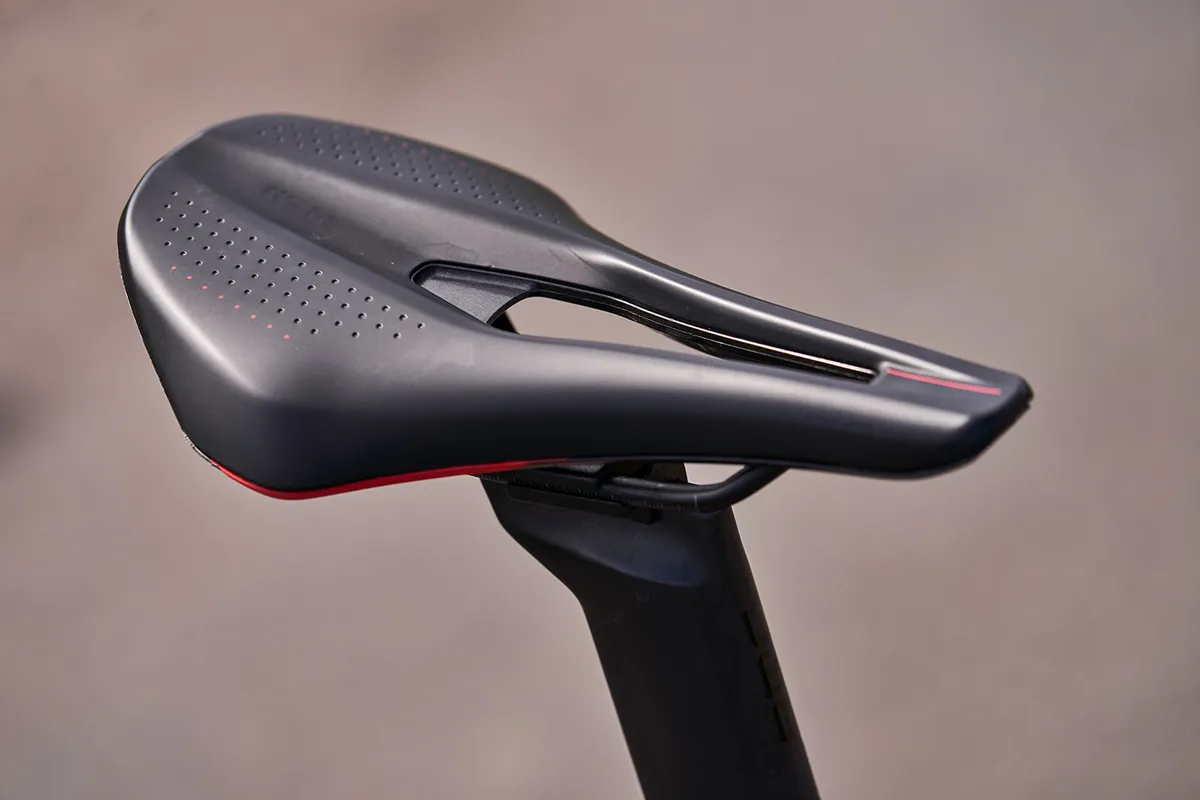
Cut-outs, also known as channels, that run through the centre of the saddle are becoming more common, especially on women-specific saddles.
“Women might actually be more comfortable with a cut-out saddle so they can comfortably park their bits in the gap,” says Burt.
This design is more appropriate for alleviating genital-related discomfort than groin pain, according to Broadbent.
However, she says a cut-out can enable a rider to tilt their pelvis forward and open their hip angle, reducing compression of the hip joint.
Saddle angle
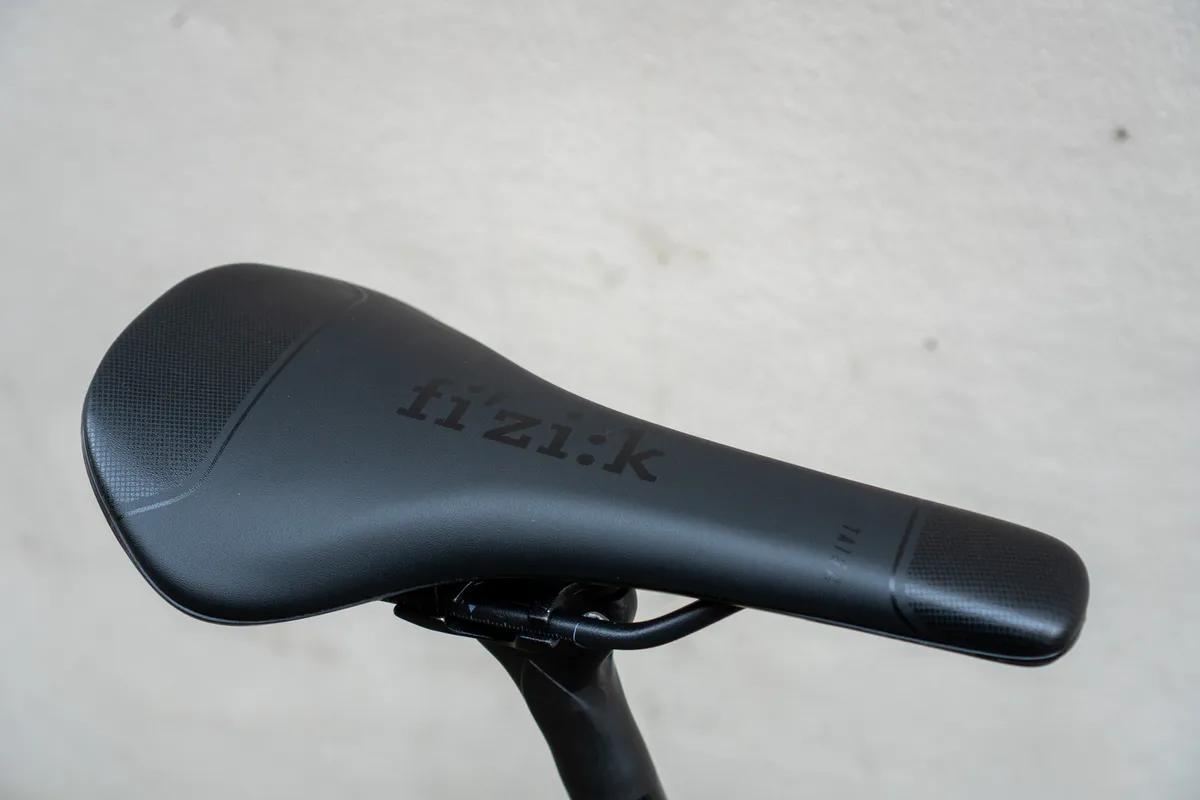
Another factor to consider in regards to cycling groin pain is saddle angle.
“Saddle angle for people who are irritable around the hips is really important because again, that gives them space to open up their hips,” adds Broadbent.
The consensus on saddle angle as agreed by the Medicine of Cycling Bike Fit Task Force is it should be within 2.5 degrees of level front to back.
This degree of tilt should support most of your weight on your sit bones while minimising pressure on your perineum, according to bike fit experts such as Serotta, Specialized, Bikefit.com and Retul.

If you only experience symptoms such as numbness, soreness, and pins and needles in the groin area on the bike, Broadbent recommends visiting a bike fitter who offers pressure mapping, such as gebioMized.
Its saddle cover fits over your saddle and uses 64 sensors to identify 'hot spots' where pressure is unevenly distributed.
“But if you do notice lumps and bumps, you should get them checked out,” adds Broadbent.
Before spending hundreds of pounds or dollars on a saddle, consider Burt’s counsel that expensive saddles tend to be lighter, but not necessarily more comfortable.
Some of the best bib shorts, such as Endura’s, come in a range of chamois pad widths.
“That’s important as a good chamois moves with you. You shouldn’t have to find it by sitting on it,” says Burt.
Keep it clean and cool
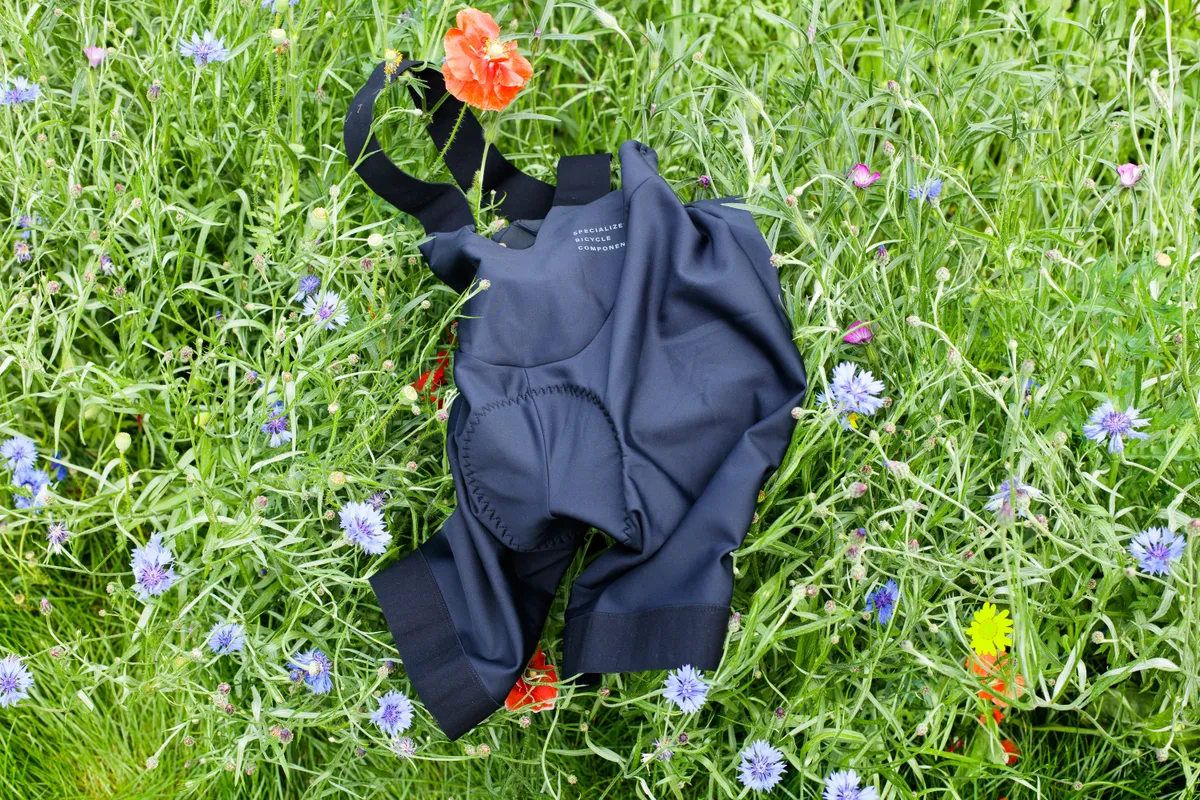
In order to look after the skin in your groin area, Broadbent says you should change out of your wet and sweaty bib chamois immediately after a ride. Wash your bib shorts before riding in them again.
Don’t remove hair in this area either, she adds, which can irritate your skin. She suggests chamois cream if it works for you.
Long and intense sessions on the smart trainer can aggravate cycling groin pain, according to Burt.
He says the ideal indoor training space will have a fan aimed at your perineum.
“The increased airflow will cool things down and leave you less sweaty, which is important because heavy sweat, sustained pressure on the saddle and high friction is a disastrous recipe for the skin to break down,” he explains.
